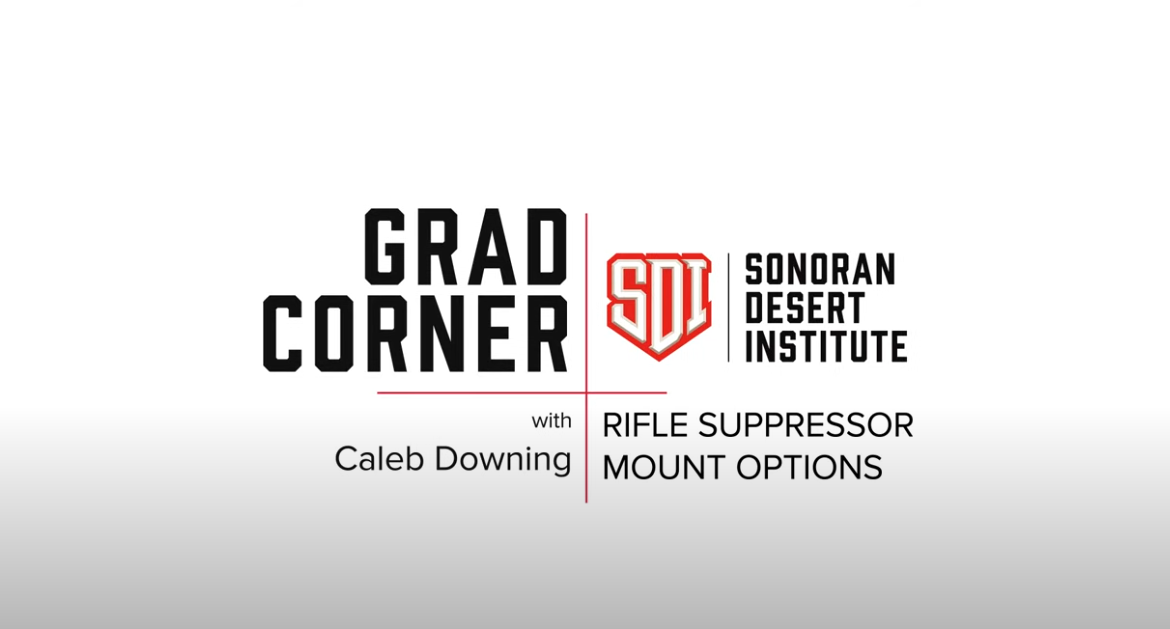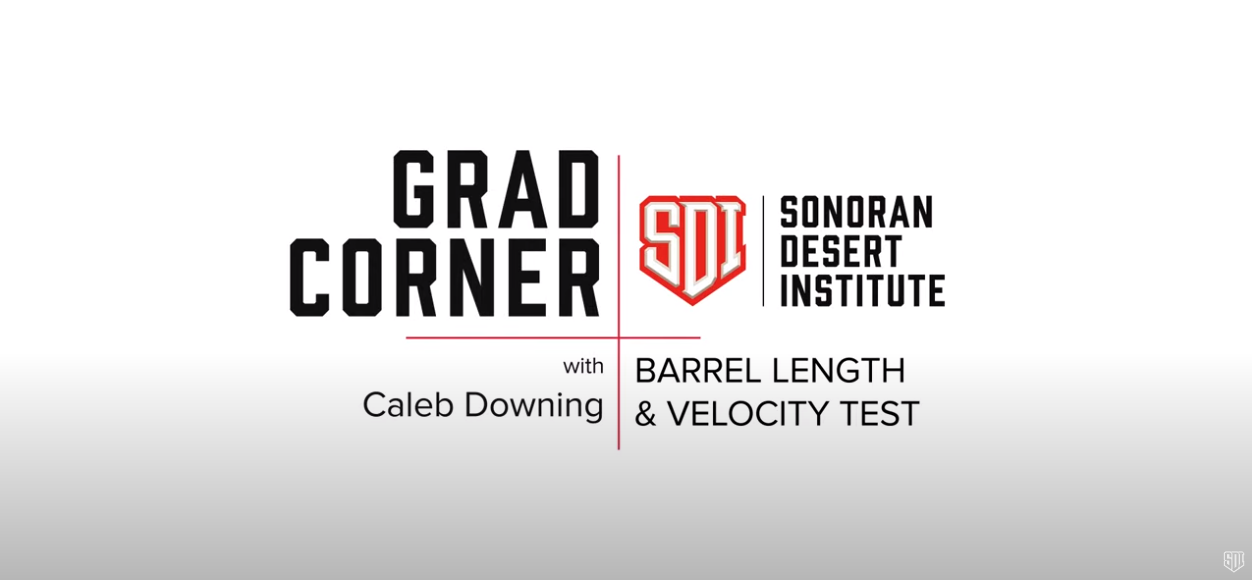
While many shooting enthusiasts view suppressors as a cool accessory, they’re actually a piece of protective equipment. You only get one set of ears, and a suppressor can help you keep them in good working order while you enjoy one of the world’s greatest hobbies: shooting.
However, physically attaching a suppressor to a rifle can sometimes be a difficult task. There are a ton of different suppressor mount options out there, and picking the right one for your individual needs can be tough for a newbie. Fortunately, we’ve got SDI grad Caleb Downing, who can help us understand some of the different rifle suppressor mounting options out there today in his recent video.
Types of Suppressor Mounts for Rifles
Direct Thread
Like it sounds, direct threading involves screwing a suppressor directly onto a muzzle. This is the simplest way to mount a suppressor, and it will save you weight, space, and money.
However, direct threading does have some problems. Notably, it can be hard to attach/remove a suppressor mounted via direct threading. Directly threaded suppressors can also slowly back off of a gun’s muzzle with repeated shooting.
Caleb doesn’t talk much about direct threading in his video. Instead, he focuses more on our next category of suppressor mounts.
Quick Detach (QD) Mounts
In his video, Caleb shows us the pros and cons of several different types of mounts.
Yankee Hill Phantom
This suppressor attaches to a special muzzle device. You attach the suppressor to the mount by twisting it onto a few normal threads, then continuing to turn as the suppressor ratchets down onto the mount. You can remove it the same way. One of the benefits of this system is that you don’t have to touch the actual mount to attach the suppressor. Just twist to ratchet it down!
Gryphon Armament
This system works differently than the Phantom. While you start off attaching the suppressor the same way — turning a few rotations on coarse threads — the locking mechanism is different. Once you have the suppressor fully threaded, you pull down on a small hoop at the back of the suppressor. This hoop engages locking teeth to attach the suppressor to the gun. It’s a robust system, but unlike the Phantom, you need to have access to the muzzle device to engage the locking teeth.
KGM R556:
The R556 attaches to a muzzle the exact same way as the Phantom: with coarse screws and then a ratchet. However, removing the suppressor is different. It has a detent pin that you need to press down to release the ratchet and unscrew it from the muzzle.
Dead Air KeyMo:
This essentially functions exactly the same as the Yankee Hill Phantom. One important thing to note about using any suppressor is that you need to make sure the mounts are attached properly. Use blue Loctite (not red) for this. If they aren’t, you run the risk of accidentally unscrewing the mount instead of the suppressor itself.
Caleb finishes his video by stating that these kinds of QD systems are usually best if you’re planning on removing the suppressor from the rifle a lot. If you’re looking for more of a “set it and forget it” solution, a direct thread may be a great choice.
Learn More About Firearms and Suppressors at SDI
Caleb’s video (and this post) is just the beginning of the suppressor rabbit hole. If you’re interested in learning more about firearms and suppressors, SDI can help. To check out all the classes SDI offers, click here.



